The Great Crew Change
The great crew change — a term first used in the oil & gas industry in the 1980’s to describe the widening age gap and lack of replacements — has spread to many sectors. This gap is especially noticeable in the skilled trades, such as HVAC, plumbing, electrical and solar.
The figures speak for themselves. According to HR consulting firm Adecco, most skilled trade positions are held by workers that are 45 and older, and more than twice as many skilled workers are retiring than entering the workforce. The U.S. Bureau of Labor Statistics estimates that between now and 2028, each year there will be a need for 66,000 new plumbers, 22,000 HVAC engineers, 94,600 electricians and 2,200 solar specialists. Staggering numbers!
Why the Generational Divide?
Why is there such a growing generational divide?
It’s certainly not due to a lack of demand or even poor compensation, with both increasing over the last few years. Numbers from the U.S. Bureau of Labor Statistics, show that plumbers in major metropolitan areas make five times the historic average, outpacing many professional occupations that require a university degree.
Many point to the social pressures on young people to take on four-year college degrees (and rack up staggering debt) rather than looking towards more practical careers. Even the family-owned businesses in the skilled trades are struggling to encourage the next generation to take over.
Other reasons include the different generational preferences when it comes to digital skills. Too many potential entrants are put off by the perception that skilled trades are out of sync with today’s tech-savvy world. Lengthy traditional apprenticeships, that can sometimes last as long as six years, may also deter young people.
Training and Technology — The Key to Future Success
Big challenges require big solutions. It’s only through making it easier for young people to acquire these skills, as well as making these skills more attractive, that skilled trades can have a sustainable future. The key to delivering this is a combination of training and technology.
It needs to be easier and quicker to acquire the necessary expertise in skilled trades — not just through traditional apprenticeships — but through other innovative solutions. This is where technology has a crucial role to play in making training more valuable, efficient and reducing the time to full certification, while not compromising quality standards.
With the latest Digital Experiential Learning (DExL), such as that provided by Interplay Learning, new entrants can be job-ready within months. Furthermore, by avoiding the need to undergo long apprenticeships, skilled trades careers can be that much more appealing, as well as offering up more options if people look to go in different career directions. Imagine telling high school students that they could be earning competitive salaries within just a few months.
Embracing technology is not just a means to an end; it can also play a role in attracting tech-savvy youngsters to the skilled trades. At Interplay Learning, for example, we have developed the latest virtual reality (VR) and online simulated training. This enables the skilled trades to practice hundreds of in-the-field scenarios the same way they would play a video game.
Such technology-led training will also promote collaboration, creative problem solving and give new entrants the necessary flexibility to refine and adapt their training as new skills and demands evolve.
There’s no reason why this greater focus on technology will not extend well beyond training into the long-term workplace. The latest in digitization, VR, diagnostics and high tech equipment not only delivers safer, more accurate and more efficient operations, but it also increases the attractiveness of the profession. The skilled trades of the future require much more than just hands-on mechanical skills.
Moving the Industry Forward
It’s only through embracing the latest technology and Digital Experiential Learning (DExL) innovations — as Interplay Learning is doing — that apprenticeships can be revolutionized, the make-up of the workforce can level up, and “the great crew change” can be confined to the past.









